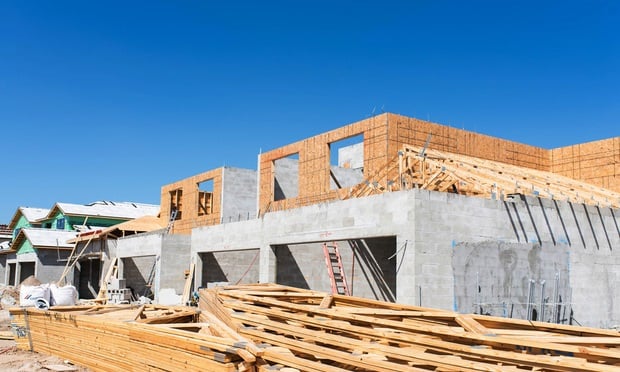PHOENIX—The stage is set for an active investment environment in Greater Phoenix as 2015 comes to a close. Operating fundamentals across the various commercial property types are improving and interest rates have yet to tick higher. In addition, new development projects are underway, which could provide added fuel to the investment market in the coming years as these buildings lease up and are ultimately marketed for sale, according to a recent Colliers Phoenix report.
Property fundamentals continue to improve across Greater Phoenix, supporting increased appetite for investment across the four key sectors. Investment activity in Greater Phoenix was generally fairly flat from the second quarter to the third quarter, as fundamentals for most property segments are generally improving.
Sales prices generally inched lower in the third quarter, but year-to-date prices are higher than 2014 levels. The greatest price gains have been recorded in the office segment, where vacancies continue to improve and asking rents are on the rise. Cap rates did not show a clear direction in the third quarter, dipping in both office and shopping centers, but ticking higher among industrial properties. On the whole, cap rates are averaging in the mid-7% range.
Sales of office buildings in the third quarter lagged second quarter activity levels by 3%. Medical office vacancy in Greater Phoenix improved during the third quarter, falling to 16.7%. Asking rent trends have been mixed, but rents ticked higher during the third quarter. Rents continued to tick lower in large, off-campus buildings, where the most significant vacancy declines are also being recorded.
The greatest fluctuation in sales velocity was in shopping centers, where activity spiked in the third quarter. Improving retail property fundamentals appear to be sparking investment activity for shopping centers. Sales of shopping centers spiked nearly 75% in the third quarter, reaching a 12-month high for local transaction activity.
The multifamily market continued to strengthen in the third quarter, with vacancy dipping below 6% and rents rising at a healthy pace. The outlook for the remainder of this year and 2016 remains quite strong. Vacancy is being driven by healthy renter demand for units. This net absorption is being fueled by an expanding employment market and a homeownership rate that is well below the pre-recession peak. Employment growth is forecast to accelerate in 2016, which should support continued renter demand for apartments. Average asking rents ended the third quarter at $867 per month, 7.4% higher than one year ago. Every submarket in Greater Phoenix has recorded year-over-year rent increases. Sales velocity accelerated by 7% in the third quarter and activity for 2015 is on pace to reach the highest total since 2006 to 2007. Prices rose and cap rates compressed during the third quarter. With property revenues strengthening as rents rise and vacancies tighten, prices have followed suit.
Following a spike in the second quarter, transaction activity for industrial buildings increased again in the third quarter, rising approximately 5%.
In preparation for the upcoming RealShare Phoenix session including dealmakers, investors and capital providers discussing what's hot and what's next in investment transactions on December 2, Michael Klein, managing director and COO, Partners Capital Solutions Inc., tells GlobeSt.com: "We continue to place capital in the Phoenix market and like the area quite a bit. Phoenix reminds a lot of Los Angeles about 35 years ago. The city is dynamic, affordable, has solid infrastructure, great entertainment options and affordable housing. Like LA back then, it also has land and pretty quick entitlements so that add to the risk of overbuilding; something we have seen a fair amount of in Phoenix (and Texas, etc.). That said, to mitigate this risk as much as possible, we focus on trying to find the best developers and investors in a market and make up for our more-than-bank-pricing by giving them speed, certainty and superior service after the loan closes."
Activity has been robust in Phoenix, in addition to Scottsdale and Tempe, where sales have reached across all property types. The most prolific types have been multifamily and retail, which have dominated CRE activity.
Want to continue reading?
Become a Free ALM Digital Reader.
Once you are an ALM Digital Member, you’ll receive:
- Breaking commercial real estate news and analysis, on-site and via our newsletters and custom alerts
- Educational webcasts, white papers, and ebooks from industry thought leaders
- Critical coverage of the property casualty insurance and financial advisory markets on our other ALM sites, PropertyCasualty360 and ThinkAdvisor
Already have an account? Sign In Now
*May exclude premium content© 2025 ALM Global, LLC, All Rights Reserved. Request academic re-use from www.copyright.com. All other uses, submit a request to [email protected]. For more information visit Asset & Logo Licensing.








